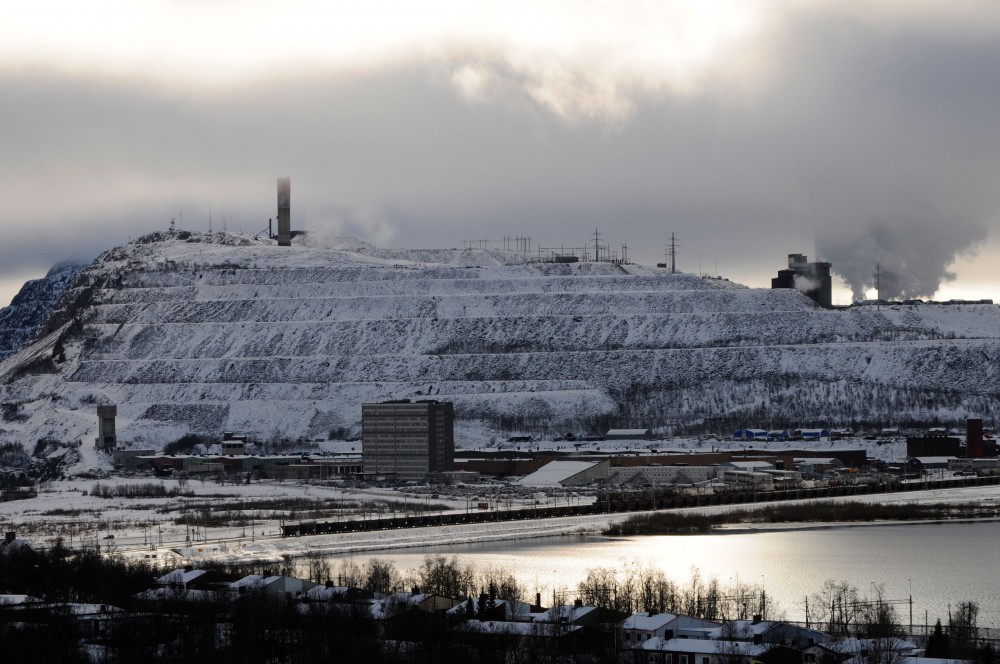LKAB discovers large rare earth metals deposit in northern Sweden
The find is likely the largest in Europe outside Russia.

The state-owned Swedish mining company LKAB says it has found a deposits containing more than one million tons of rare earth oxides near Kiruna in Northern Sweden.
The find likely the largest rare earths discovery in Europe outside Russia’s Kola Peninsula.
“This is good news …, for Europe and the climate” says LKAB CEO Jan Moström. He notes that the rare earth metals are critical raw materials crucial for the green transition.
“We face a supply problem. Without mines, there can be no electric vehicles,” Moström states.
In Europe outside Russia there are no rare earth elements mining. On the Kola Peninsula, such mining took place in Soviet times, and is now again high up on the agenda.
The state nuclear corporation Rosatom is likely to take over the Lovozero mines. In addition, the state-owned company has over many years boosted its control over key strategic assets in the Russian mineral and metal industry in northern regions.
According to the European Commission’s assessment, the demand for rare earth elements for electric cars and wind turbines is expected to increase more than five-fold by 2030. Today, Europe is dependent on imports of these minerals, mainly from China.
In Kiruna, LKAB stated on Thursday it has already started to prepare a several kilometer long drift at a depth of about 700 meters from today’s underground iron-ore mining area.
The news about the big resources was released the same day as all members of the European Commission, together with the Swedish Government visited Kiruna as an introductory meeting on Sweden’s Presidency of the European Council.
This article has been fact-checked by Arctic Today and Polar Research and Policy Initiative, with the support of the EMIF managed by the Calouste Gulbenkian Foundation.

Disclaimer: The sole responsibility for any content supported by the European Media and Information Fund lies with the author(s) and it may not necessarily reflect the positions of the EMIF and the Fund Partners, the Calouste Gulbenkian Foundation and the European University Institute.